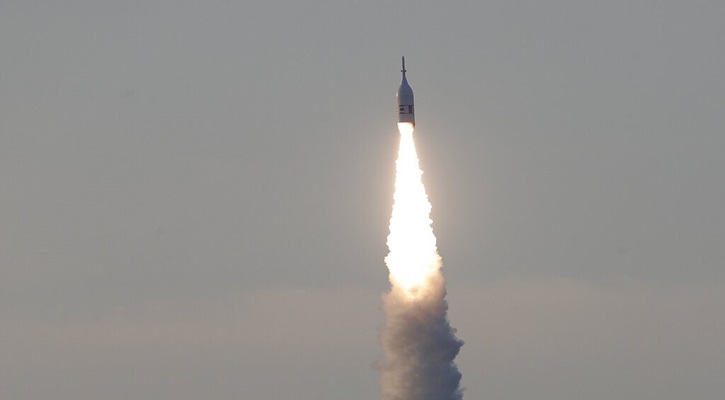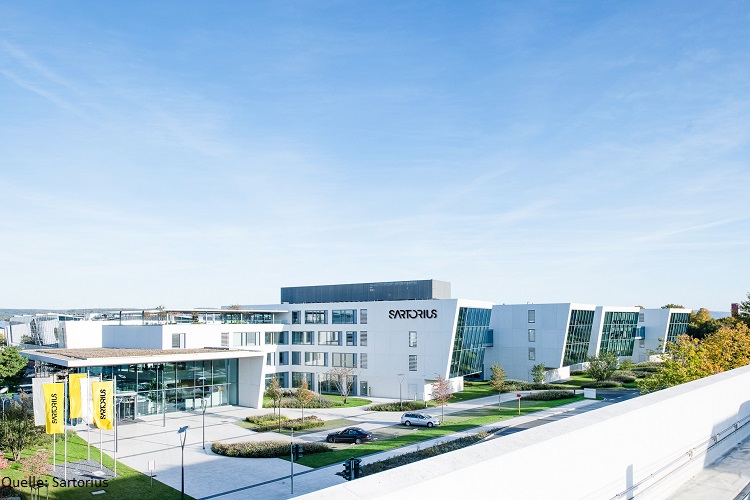The fund provides exposure to a wide array of mid- and large-cap companies within the world’s emerging regions. This broad category of countries has seen its importance on the global stage rise dramatically in recent years. Whereas this type of exposure would once have been considered only as a speculative tactical tool, it is increasingly becoming a core component of a globally balanced portfolio. That said, this can be a volatile area of the market. The MSCI Emerging Markets Index has had annual standard deviation of almost 20% for the past 10 years. Its correlation to other equity exposures does suggest some benefit as a
diversifier. Over the same period it has shown correlation to the local-currency returns of the S&P 500, the MSCI Europe, and the broader MSCI World Index of 78%, 77%, and 83%, respectively. Some of that benefit, however, has shrunk in recent years. The corresponding five-year correlations are 82%, 84%, and 87%. The fund does not make any dividend distributions; therefore it may not suit an investor looking for regular investment income.
As economic growth in the developed world has slowed down as a result of consumer and government deleveraging, much of the developing world has continued to exhibit strong growth. As the group’s largest economy, and the biggest weighting in the index, China will have a considerable impact on the fortunes of the MSCI Emerging Markets Index. In June 2012 the People’s Bank of China cut interest rates by 25 basis points, the first rate cut in the country since December 2008. Less than a month later, it cut rates again. These moves have raised fresh concerns about China’s much-vaunted growth story. The monetary easing represents a stark departure, coming after a couple of years of policy tightening, including rules designed to curb home-buying. China’s GDP grew at an annualised rate of 8.1% in the first quarter of 2012; still robust on an absolute basis but less than had become customary. The Chinese government earlier this year targeted a 7.5% growth rate for all of 2012. One of the major factors contributing to China’s slowdown is that its economy is largely built on exports, and with many parts of the developed world spiraling back into recession, the demand for those exports has begun to dry up. As the beleaguered developed-world consumer continues to pare back, China will have to rely more and more on domestic demand from its own burgeoning middle class. Another major pillar of the economy is investment, and as we saw in 2008 the government has shown the willingness and ability to inject the economy with massive amounts of stimulus to buoy the economy. A key driver of growth for the Brazilian economy is energy. The country’s wealth of natural resources has made it a substantial beneficiary of the past decade’s trend towards higher commodity prices. The concern right now is that with China slowing down and other parts of the world in recession, the demand for raw materials could fall considerably. Further muddying the picture is the rapid pace of new natural gas discoveries throughout the world, particularly in the United States. Brazil’s growth has slowed considerably in recent periods. For the first quarter of 2012, its GDP growth rate was a paltry 0.8%, less than that of the United States. The economy of South Korea has grown dramatically in the past few decades. According to The Economist, it now boasts a GDP per head that is higher than the European Union average. Much of the private sector growth has been driven by a system of very large conglomerates. Many of these chaebol have been tremendously successful – witness the rise of such familiar names as Samsung, LG, and Hyundai – but corporate governance concerns have dogged them as a result of their family-run structure. South Korea’s fortunes depend heavily on China, which is the largest market for its exports. South Korea and Taiwan are both largely dependent on China, which is the largest market for their exports. Over the last 10 years, the MSCI Emerging Markets Index has produced an annual return of 12.86%, versus 3.68% for the MSCI World Index, which covers only developed market equities. Its price-to-earnings ratio was 9.7 at the end of June, up from its low of 7.1 in May 2009, but still comfortably below its five year average level of 12.4.
Indexkonstruktion
The MSCI Emerging Markets Index is a free float market capitalisation-weighted index covering 21 emerging market countries from all over the world. It has 819 large- and mid-cap constituents and covers approximately 84% of the total market capitalisation of the component countries. The index is reviewed quarterly, with size cut-offs recalculated semi-annually. The universe is initially screened for liquidity, as measured by the value and frequency of trading. The median constituent has a market capitalisation of $2.0 billion. The top geographic exposures, as of the end of June, were China, Brazil, and South Korea, with weights of 17.8%, 15.2% and 13.1%, respectively, followed by Taiwan at 11.0% and South Africa at 8.0%. On a sector basis the index is broadly diversified. The top weight is Financials, making up 24.8% of the total, followed by Information Technology at 13.8%, Energy at 12.6%, Materials at 12.5%, and Consumer Staples at 8.5%. The index is not very concentrated, with just 18.0% in the top 10 names.
Fondskonstruktion
The fund uses synthetic replication to provide exposure to the underlying benchmark, employing a combination of unfunded with funded swap structures in a ratio that can change over time. As of July 20th, 2012, 24.3% of the fund’s assets were in a funded swap, and the remaining 75.7% were in an unfunded swap. UBS provides full transparency on the swap collateral and substitute basket. In the funded swap portion, collateral consists of 79% U.S. and U.K. government bonds and 21% supranational bonds. The legal title of the collateral is transferred to the fund. In the unfunded swap portion, the substitute basket consists entirely of European and Japanese equities from a diverse set of industries. As of this writing, the fund’s level of collateralisation against the swaps is 102.31%. Under the terms of the swaps, counterparty UBS AG agrees to provide the fund with exposure to the total return of the underlying index, net of any costs of fees associated with providing the exposure. The return from the swap assumes that all dividends paid by the underlying stocks are reinvested in the index. The fund does not pay out any dividend distributions. The fund is Irish-domiciled and has the U.S. dollar as its base currency. It has net assets of $939 million. The fund does not engage in securities lending.
Gebühren
The fund has a total expense ratio (TER) of 0.62%, which is middling relative to other funds offering similar exposure. Other costs potentially borne by the unitholder but not included in the total expense ratio include swap fees, bid-ask spreads on the ETF, transaction costs on the infrequent occasions when the underlying index holdings change, and brokerage fees when buy and sell orders are placed for ETF shares.
Alternativen
For broad exposure to emerging markets there are many choices out there. These include iShares MSCI Emerging Markets, Amundi ETF MSCI Emerging Markets, SPDR MSCI Emerging Markets, ComStage ETF MSCI Emerging Markets TRN, Lyxor ETF MSCI Emerging Markets, db x-trackers MSCI Emerging Markets TRN, CS ETF (Lux) on MSCI Emerging Markets, ETFlab MSCI Emerging Markets, and HSBC MSCI Emerging Markets. For alternatives to market capitalisation-weighted exposures, there are Ossiam ETF Emerging Markets Minimum Variance and PowerShares FTSE RAFI Emerging Markets ETF. Of all of these, the largest are the iShares and the db x-trackers funds, with assets of $5.4 billion and $3.4 billion respectively. The fund with the lowest TER is the Amundi product, with a TER of 0.45%.
Die in diesem Artikel enthaltenen Informationen dienen ausschließlich zu Bildungs- und Informationszwecken. Sie sind weder als Aufforderung noch als Anreiz zum Kauf oder Verkauf eines Wertpapiers oder Finanzinstruments zu verstehen. Die in diesem Artikel enthaltenen Informationen sollten nicht als alleinige Quelle für Anlageentscheidungen verwendet werden.

















